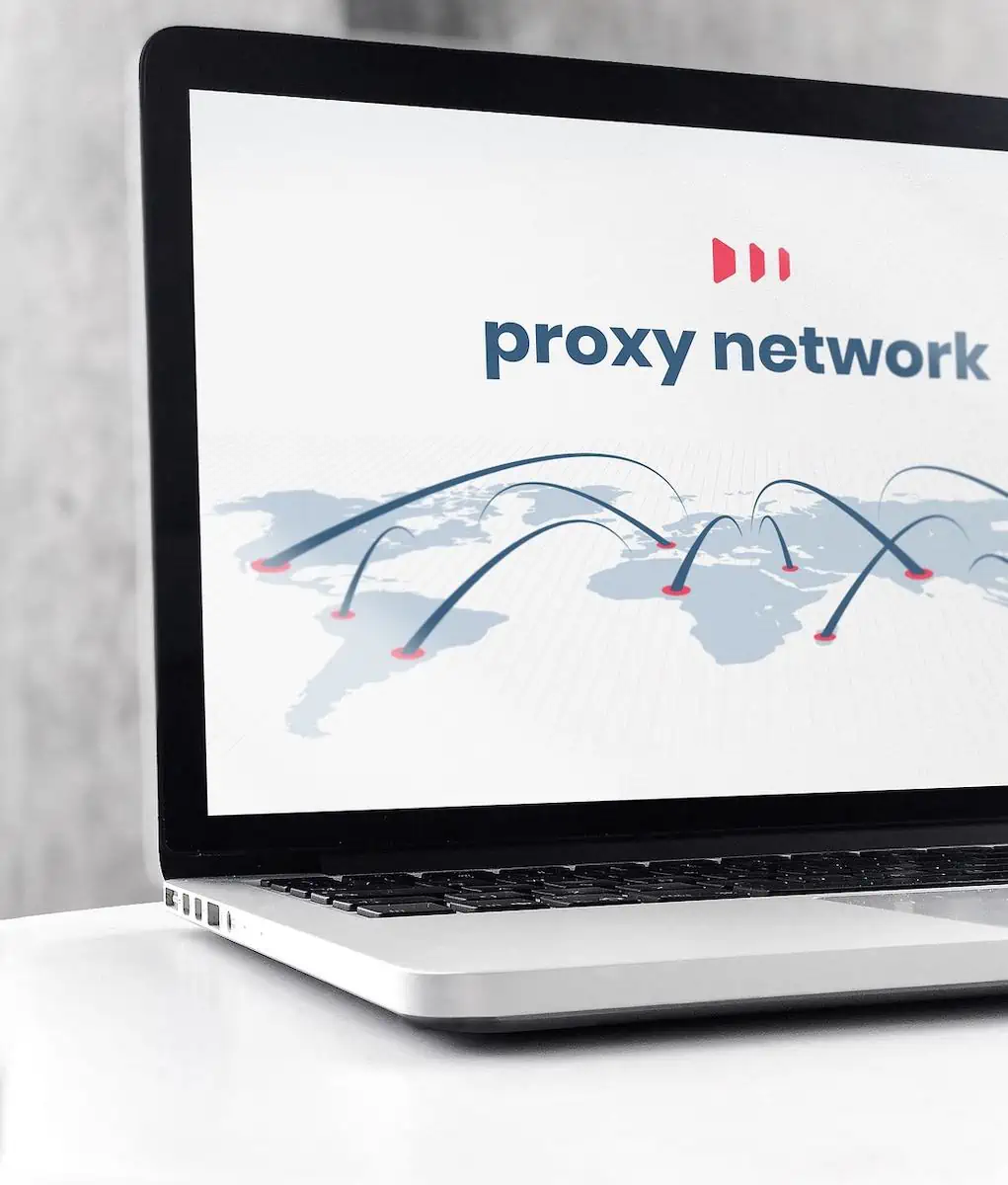Proxies are a straightforward yet efficient method of ensuring secure remote access to business resources. You may safeguard your data from prying eyes and prevent illegal network access by routing your internet traffic through a proxy server.
Proxies operate as go-betweens between your device and the internet, adding protection and privacy. In this post, we’ll look at how to utilize proxies for secure remote access, covering the various types of proxies and how to configure them.
Understanding how proxies operate
Exploring how proxies provide secure and efficient connections to faraway networks is critical for individuals looking to improve their online privacy and security.
A Geosurf proxy server operates as a go-between for the user and the target website, allowing the user to view it without directly connecting. This implies that the target website only catches the IP address of the proxy and not the users.
Proxy servers have various advantages, including hiding the user’s IP address, increasing security by screening out dangerous data, and improving performance by caching frequently requested material.
However, utilizing a proxy might result in remote access constraints. For example, if the proxy server is in a different geographic area than the user, latency difficulties may arise, slowing down the connection. This is something businesses need to address as workplaces continue to adjust to the demand for hybrid work flexibilities.
Despite these drawbacks, proxies are an excellent tool for secure remote access. They significantly improve online privacy and protection when used with care and attention to the user’s demands and restrictions.
Proxy types explained
Proxies differ based on their use and purpose. Learn about each proxy type and how it might help your work environment.
Residential Proxies
Residential proxies are the most effective proxy servers on the market today. It detects virtually 0% of real-world devices by using their IP addresses. Clients can conceal their geographical locations when using the internet.
Datacenter Proxies
Data center proxies do not employ genuine physical equipment to disguise IP addresses. Instead, it generates fictitious IP addresses that customers can use in a subnetwork. This enables the client to transport data at the fastest possible speed.
Dedicated Proxies
Dedicated proxies, as the name implies, preserve the client’s privacy by letting just one user onto the network. The client does not risk disclosing their identity or being banned even with excessive use.
Shared Proxies
At any given moment, several clients can utilize shared proxies. Although this form of representative increases the danger of a data leak, it is less expensive. This is a better option for organizations that utilize general information online and do not require complete anonymity.
Public Proxies
Public proxies are frequently free and easily accessible to practically anybody with a network connection. However, it is the most dangerous proxy since it is accessible to hackers.
Private proxies are often seen as more secure since they restrict access to a small set of users and frequently include extra security features. On the other hand, public proxies can still be beneficial in some scenarios, such as accessing geo-restricted content.
Setting up proxies for remote access
A proxy server for remote access is set up in a few easy steps. First, select a proxy service that provides your desired capabilities, such as encryption and IP address masking. Once you’ve chosen a supplier, create an account and install their software on your device.
Next, configure your device’s proxy settings to ensure all traffic is directed through the proxy. This is usually done in your device’s network settings or the software of the proxy provider.
After configuring the settings, verify your connection to confirm your traffic is routed appropriately through the proxy. If you encounter any problems, check your settings and contact your provider’s support team for assistance.
Getting the most from your proxies
Leveraging proxies to secure your network while accessing it remotely is a great approach to ensure optimum security. Still, you should follow a few recommendations to maintain optimal protection.
One of the most critical aspects to consider is proxy authentication mechanisms. To confirm that only approved individuals can access the network, utilize robust authentication mechanisms such as two-factor authentication. This will defend your network from harmful assaults and prevent unwanted access.
Proxy monitoring and troubleshooting procedures are another crucial consideration when utilizing proxies for secure remote access. You should track the performance of your proxies on a frequent basis to verify that they are functioning correctly. This will assist you in identifying any concerns before they become severe and take steps to rectify them.
Wrapping up
To summarize, utilizing proxies for secure remote access is wise for any individual or company seeking to protect sensitive data and maintain privacy. You may safely access your network and apps from anywhere globally with the correct proxy and proper configuration.
Proxies can provide extra protection to keep your data safe, whether working remotely or accessing your company’s network from a public Wi-Fi hotspot.
Article and permission to publish here provided by Logesh Patel. Originally written for Supply Chain Game Changer and published on August 21, 2023.
Cover image by Kevin Morison from Pixabay

